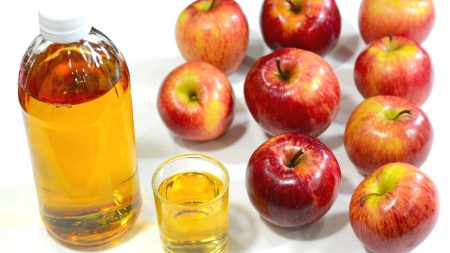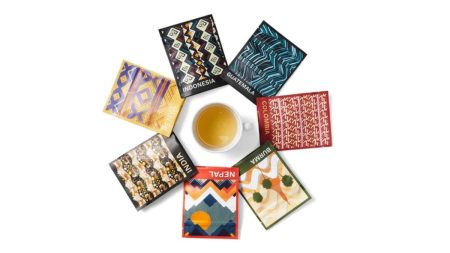Testing showerheads involves examining factors such as the diameter of the face, gallons-per-minute output, number of settings, materials, and design. An anecdotal test is also conducted to assess water flow, pressure, and spray pattern using dried egg yolk. Different shower experiences are noted to determine the effectiveness of each setting in removing the egg yolk. After installing each model, showers are taken over a couple of days to evaluate the overall showering experience, including factors like firmness, relaxation, intensity, and ease of setting adjustment.
The author pays close attention to the spray patterns of each shower system during the initial shower, as well as in subsequent showers when they are groggy in the morning or after a workout. Notes are taken on the effectiveness of each setting in quickly removing soap and shampoo, and on how easy it is to change settings. An egg test is conducted by brushing egg yolk onto a cutting board and letting it dry for 24 hours. The cutting board is then held 20 inches from the showerhead while it runs for 10 seconds, and the amount of yolk removed is noted for each setting on each showerhead. Some settings prove to be weaker or stronger relative to others in removing the yolk.
The primary focus of the testing is on the actual showering experience, with an emphasis on how the showers felt and performed in terms of cleaning. While none of the models tested were deemed terrible, some performed better than others. The author discovered that certain models stood out and outperformed the competition in terms of providing an enjoyable and efficient showering experience. The criteria for evaluating the showerheads included both practical factors such as water flow and pressure, as well as subjective factors like comfort and ease of use. The goal was to identify the models that offered the best overall shower experience for users.















